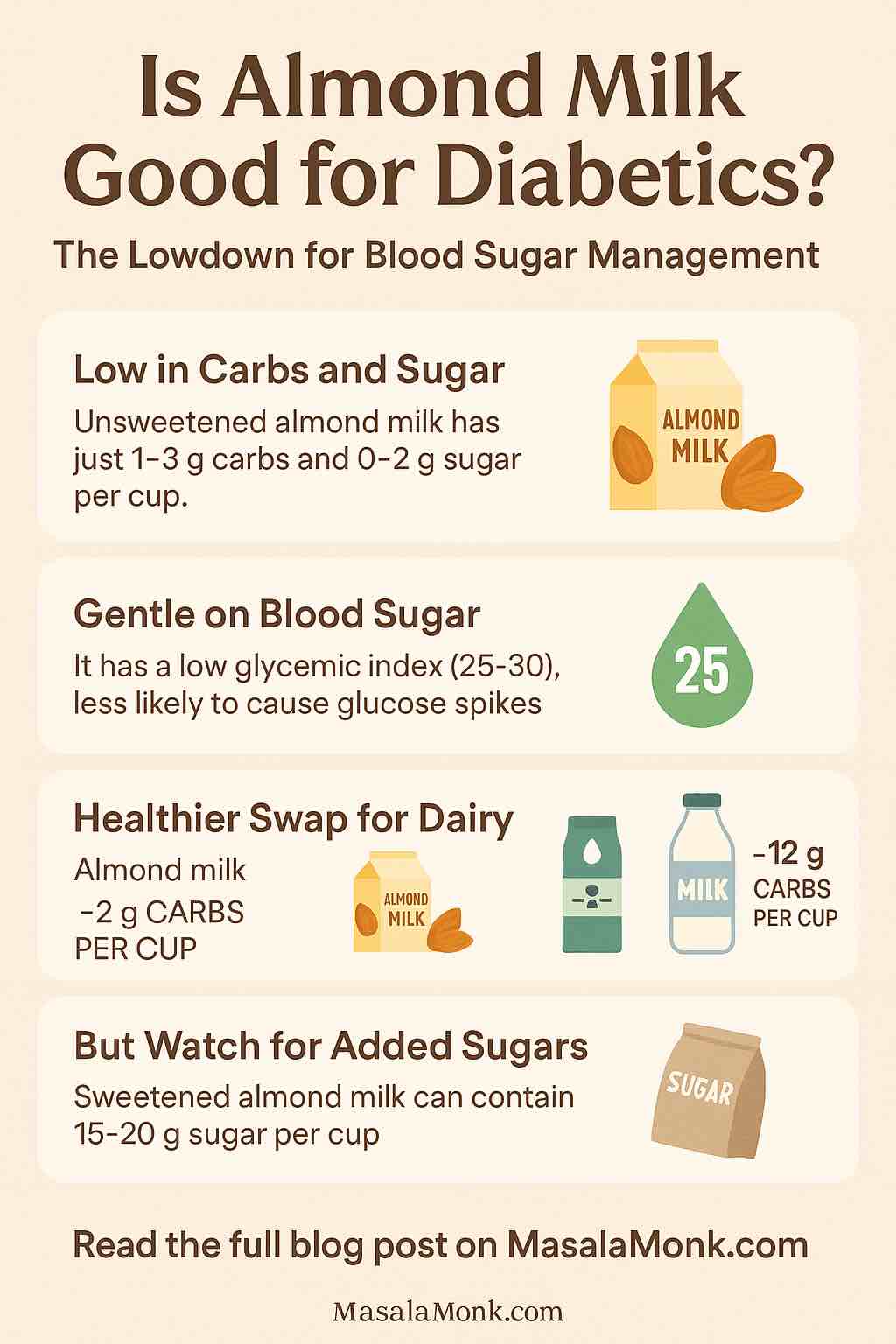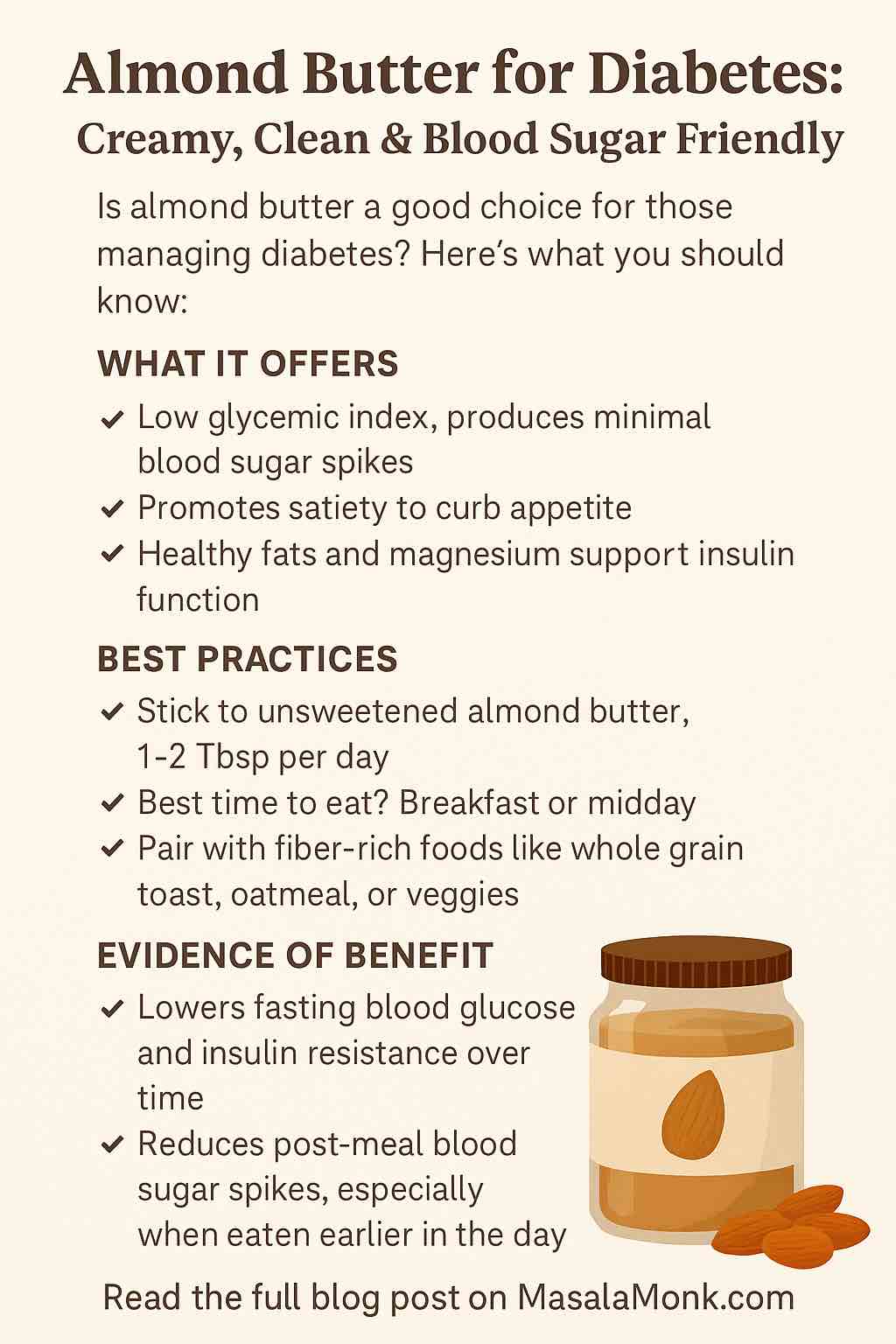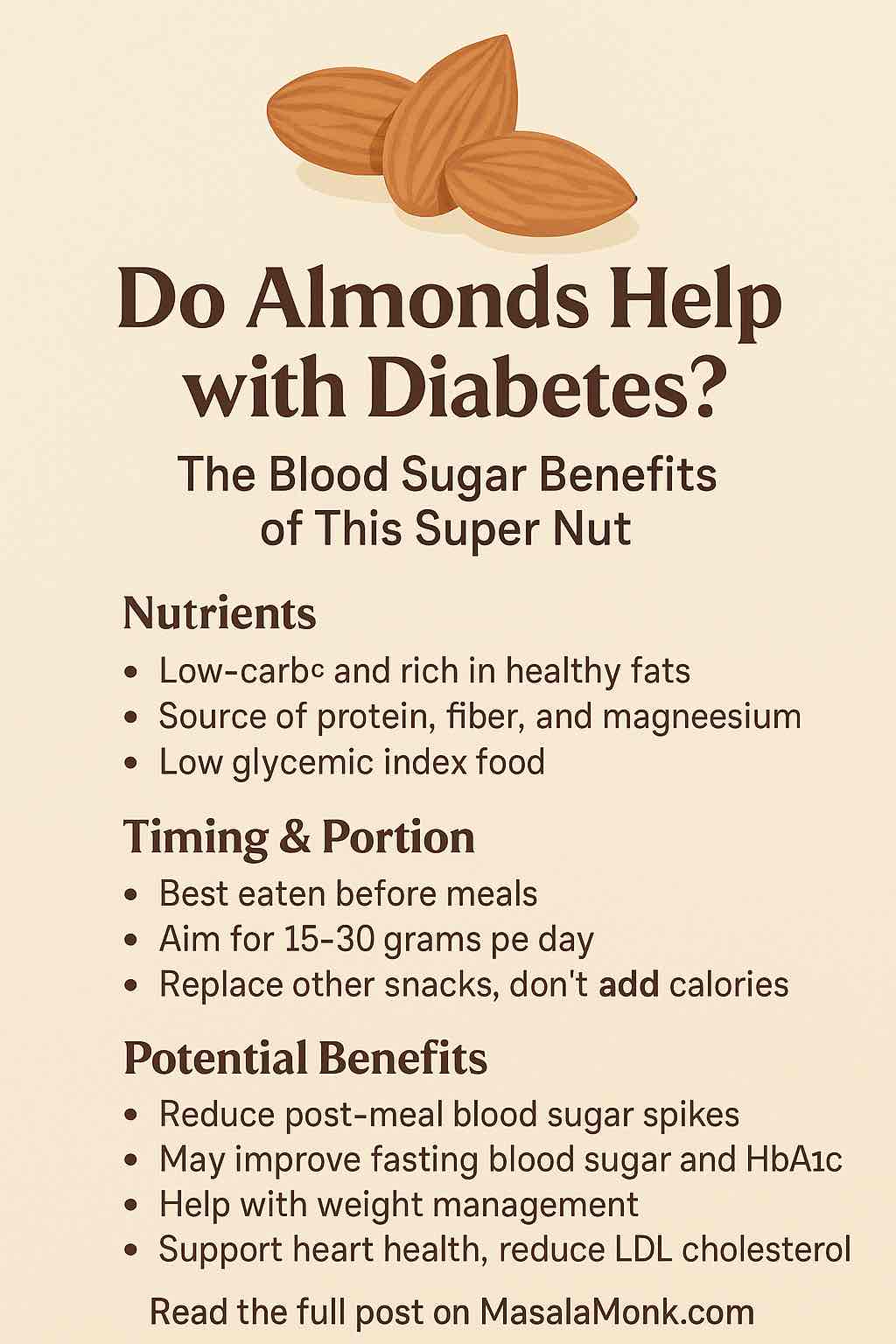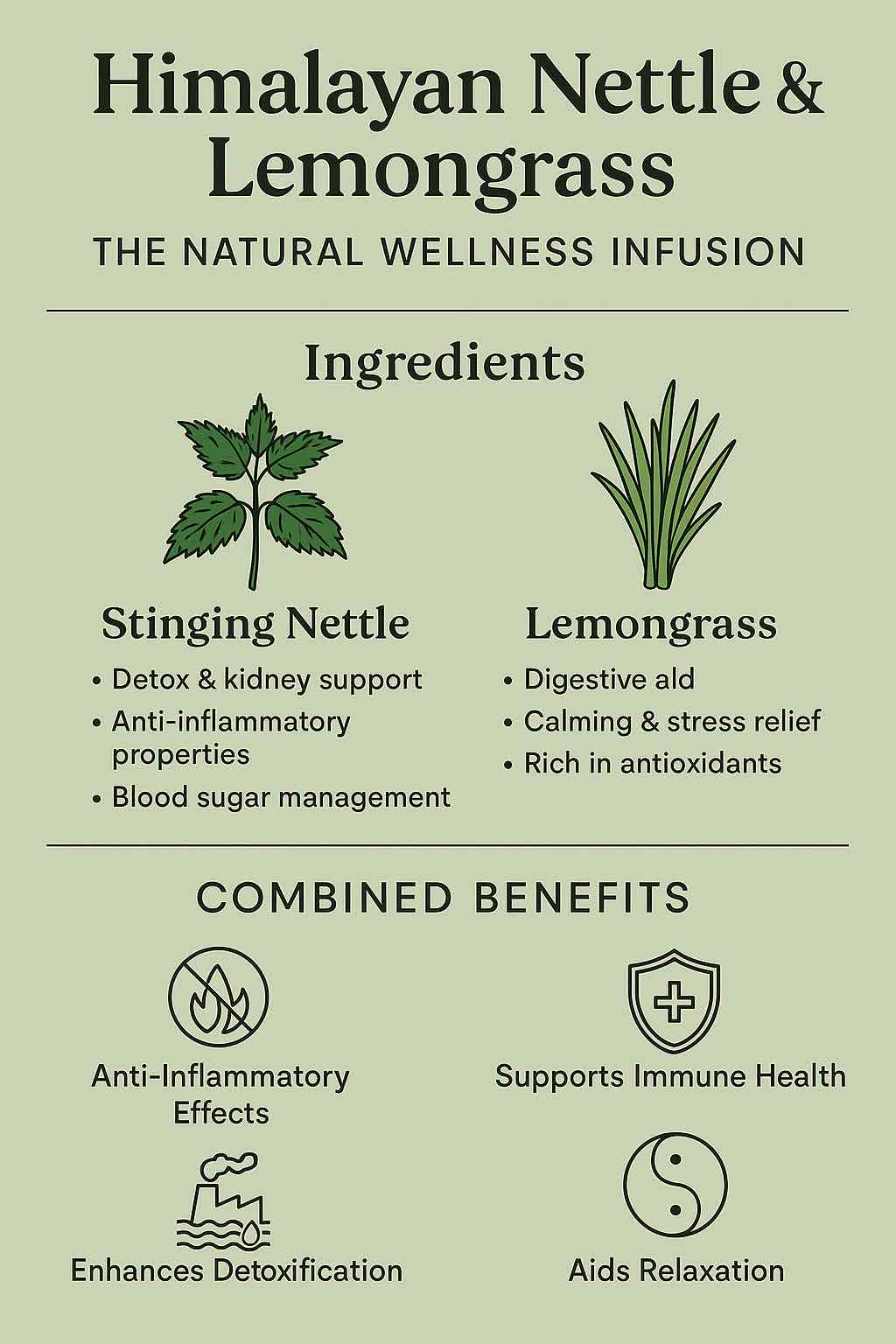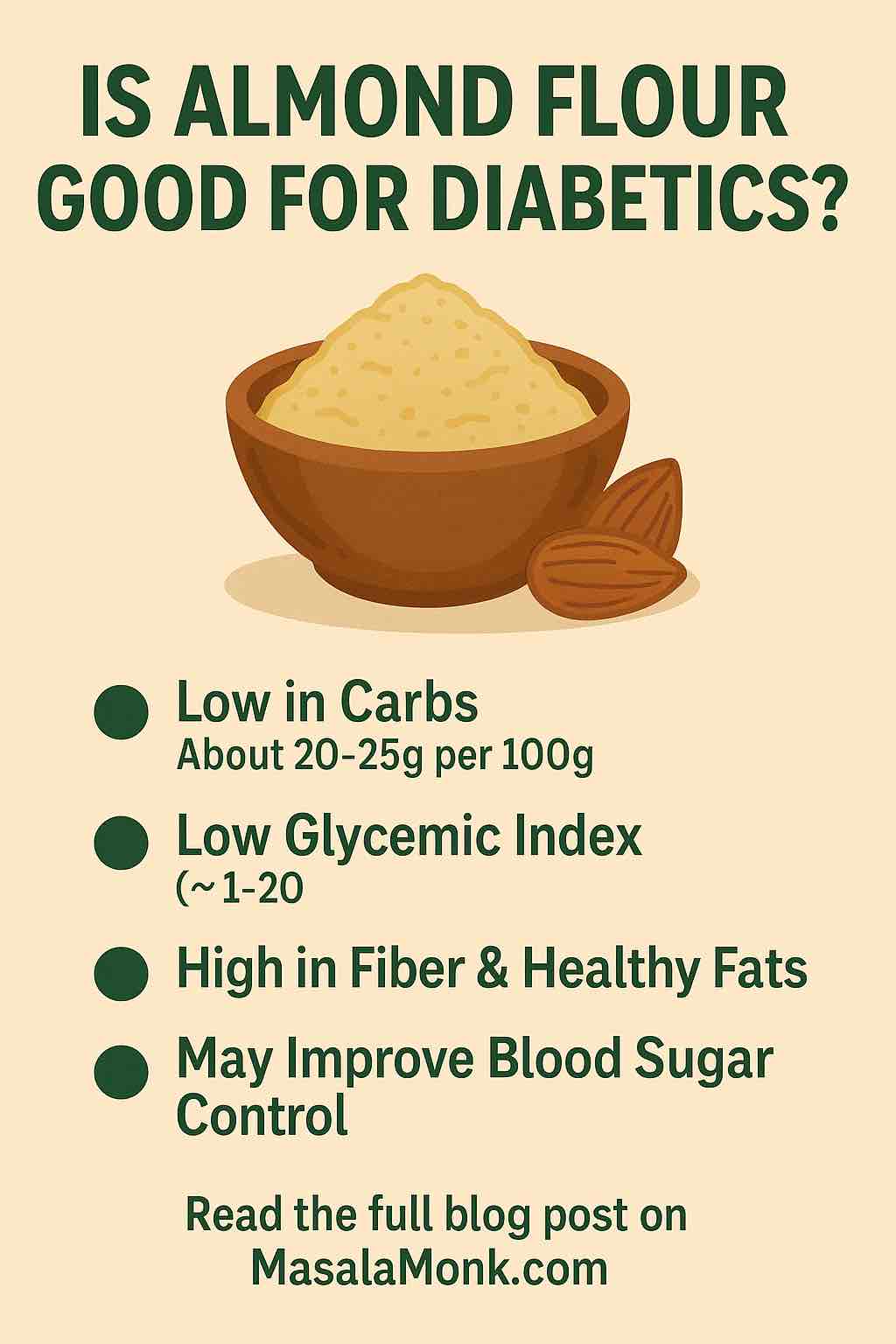
If you’re living with diabetes or managing prediabetes, you’ve probably heard that refined flour and high-carb grains can spike blood sugar. But what if there was a better way to bake?
Meet almond flour—the nutty, nutrient-dense, low-carb powerhouse that’s making its way into diabetic kitchens across the world.
But is almond flour just another health trend? Or is it truly a game-changer for glycemic control?
Let’s dig deep into what science says, how it compares to traditional flour, and practical ways to use it in your everyday meals without compromising flavor or blood sugar balance.
🧬 Why Almond Flour Is Diabetic-Friendly
Almond flour is made from finely ground blanched almonds. That’s it—no additives, no starches, no fillers. Here’s why that’s great news for blood sugar management:
| Nutrient (per 100 g) | Almond Flour | All-Purpose Flour |
|---|---|---|
| Carbs | 20–25 g | ~76 g |
| Sugar | 2 g | 0.3–0.5 g |
| Fiber | ~6–7 g | 2–3 g |
| Protein | 12–14 g | ~10 g |
| Fat (mostly healthy MUFA) | 50–55 g | <1 g |
| Glycemic Index (GI) | ~1–20 | ~70–85 |
📌 Key Insight: Almond flour is low-carb, high-fiber, low-GI, and rich in healthy fats and protein—a nutritional formula that slows digestion and prevents sugar spikes.
🔬 What the Science Says
✅ 1. Almonds Improve Post-Meal Glucose
Multiple studies have shown that when whole almonds or almond-derived products (butter/flour) are eaten before or with meals, they reduce postprandial blood glucose levels—especially in those with prediabetes or type 2 diabetes.
✅ 2. 2023 Indian Prediabetes Study
A randomized trial using 20g of almonds before meals for 3 months showed:
- Reduced fasting glucose, HbA1c, and HOMA‑IR
- Improved lipid profile
- 23% of subjects returned to normoglycemia
📌 Almond flour offers similar benefits when used as a wheat flour replacement, especially in carbohydrate-heavy meals like rotis, pancakes, or baked snacks.
🛠️ How Almond Flour Supports Blood Sugar Control
- Low Glycemic Index (GI): Slows the release of glucose into the bloodstream
- High Fiber: Improves satiety, slows digestion, supports gut health
- Healthy Fats: MUFAs and vitamin E help reduce inflammation and oxidative stress
- Magnesium: Supports insulin sensitivity and nerve health
When combined, these nutrients improve both post-meal and fasting glucose levels over time.
🍞 Baking & Cooking with Almond Flour
Almond flour isn’t a 1:1 replacement for every recipe, but with a few adjustments, it fits beautifully into most baked goods and meals.
✅ What Works Well
- Pancakes, muffins, cookies, banana bread
- Low-carb rotis or parathas
- Breading for veggies or proteins
- Almond-based granola or crackers
🧁 Tips for Best Results
- Use more eggs or flaxseed meal to bind, since almond flour has no gluten
- Combine with coconut flour to balance texture
- Bake at a slightly lower temperature to avoid burning
- Store in the fridge or freezer to maintain freshness
🧂 Real-Life Recipe Ideas
1. Almond Flour Roti (Gluten-Free Flatbread)
- 1 cup almond flour
- 2 tbsp psyllium husk
- 1/4 tsp salt
- Warm water to form dough
- Roll and toast lightly on skillet
2. Keto Almond Flour Muffins
- Almond flour + eggs + baking soda + cinnamon
- Add grated zucchini, carrots, or berries for fiber
- Sweeten with stevia or monk fruit
3. Savory Almond-Crusted Paneer
- Use almond flour as a crunchy, low-carb coating for grilled paneer or tofu
- Season with turmeric, pepper, cumin, and roast until golden
⚠️ Health Considerations
| Concern | Tip |
|---|---|
| High calorie density | Stick to ¼–½ cup portions per meal |
| Not nut allergy friendly | Substitute with sunflower seed flour |
| Texture can be crumbly | Use eggs or binders for structure |
| Cost | Buy in bulk or grind your own almonds |
📋 When Should Diabetics Use Almond Flour?
| Scenario | Almond Flour Advantage |
|---|---|
| Baking low-carb treats | Low GI, satiating, delicious |
| Replacing roti or bread | Low in carbs, high in healthy fats |
| Making snacks more filling | Protein + fat = better satiety |
| Reducing blood sugar spikes | Slows carb absorption |
✅ Final Takeaways
- Almond flour is a diabetes-friendly flour substitute with a rich nutrient profile, low glycemic impact, and culinary versatility.
- Ideal for baking, coating, and cooking, it supports stable blood sugar and satiety when used smartly.
- Mind your portion sizes and balance with protein to get the best results.
🔗 Bonus Reads: Almond Power, Three Ways
- 🥜 Do Almonds Help with Diabetes? The Blood Sugar Benefits of This Super Nut
- 🥄 Almond Butter for Diabetes: Creamy, Clean & Blood Sugar Friendly
- 🥛 Is Almond Milk Good for Diabetics? Here’s What the Science Says
❓ Frequently Asked Questions: Almond Flour & Diabetes
1. Is almond flour good for diabetics?
Yes. Almond flour is low in carbohydrates, high in healthy fats and fiber, and has a very low glycemic index, making it ideal for people managing type 2 diabetes or prediabetes.
2. Does almond flour raise blood sugar?
No, not significantly. Almond flour has a glycemic index between 1–20, meaning it causes minimal impact on blood glucose compared to wheat or rice flour.
3. What is the difference between almond flour and regular flour for diabetics?
Almond flour has 80% fewer carbs, significantly more fiber and healthy fats, and a much lower glycemic index than white or whole wheat flour—making it better for blood sugar control.
4. Can almond flour be used to make roti or paratha for diabetics?
Yes! Almond flour can be mixed with psyllium husk or flaxseed meal to make low-carb, gluten-free rotis that are diabetic-friendly.
5. Is almond flour gluten-free?
Yes. Almond flour is naturally gluten-free, which is helpful for diabetics with gluten intolerance or celiac disease.
6. Can almond flour help with weight loss in diabetes?
Yes. Its fiber, protein, and healthy fat content increase satiety and reduce cravings—important for weight management, which in turn improves insulin sensitivity.
7. Are there any downsides to almond flour?
It is calorie-dense and may not be suitable for those with nut allergies. Also, its texture is different from wheat flour, requiring recipe adjustments.
8. How much almond flour can I eat per day as a diabetic?
Use almond flour as a replacement, not an addition. A typical serving is ¼–½ cup per recipe, balanced with proteins and vegetables to keep calories and carbs in check.
9. Can almond flour be used in desserts for diabetics?
Absolutely. Almond flour works great in low-carb muffins, cookies, pancakes, and bars. Sweeten naturally with stevia or monk fruit for best results.
10. How should I store almond flour?
Keep almond flour in an airtight container in the fridge or freezer to maintain freshness and prevent it from turning rancid. It can last up to a year when frozen.

